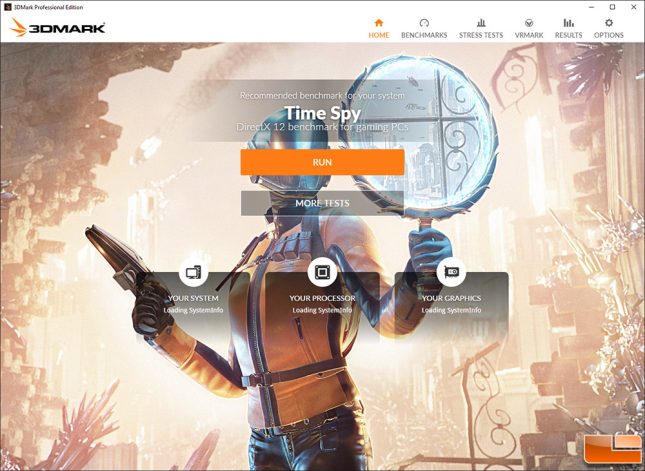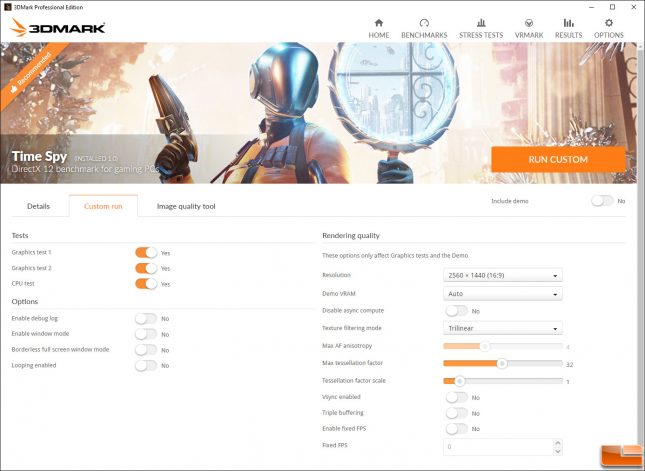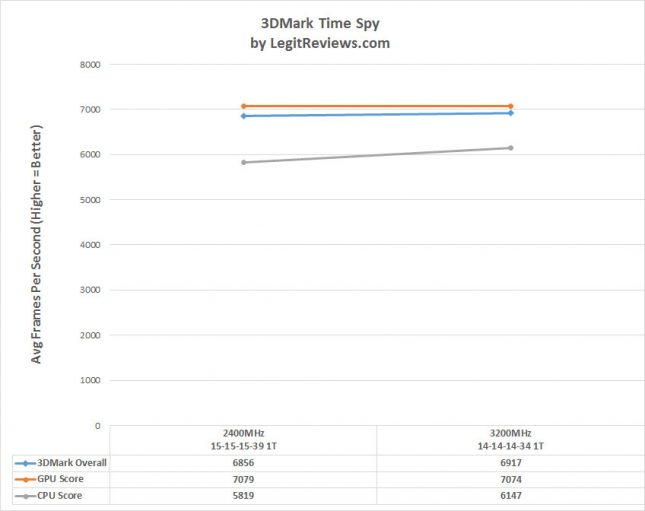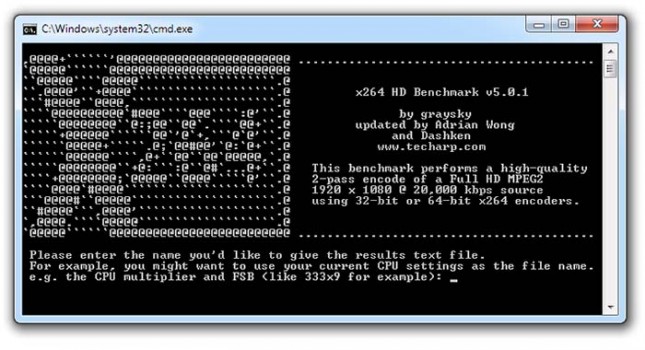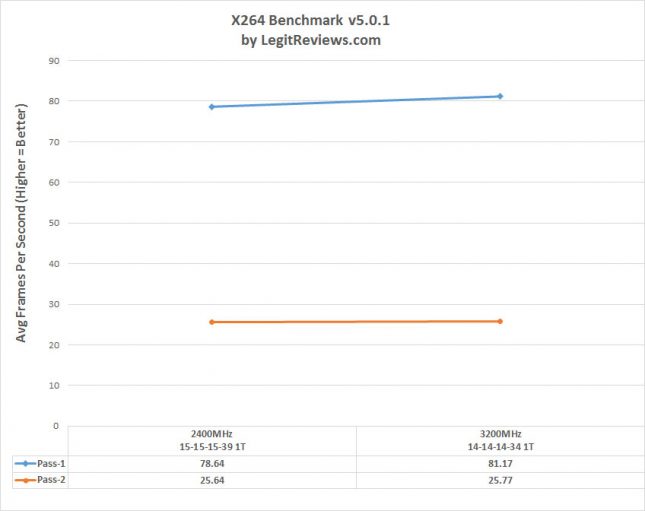G.SKILL Flare X Series 16GB DDR4 3200MHz AMD Memory Kit Review
3DMark Time Spy and X264
Futuremark 3DMark Time Spy
3DMark Time Spy just recently came out and it is the latest and greatest DirectX 12 benchmark test for gaming PCs running Windows 10. This DirectX 12 Feature Level 11_0 benchmark utilizes a pure DirectX 12 game engine that supports features like asynchronous compute, explicit multi-adapter, and multi-threading! The developers opted to use DirectX 12 Feature Level 11_0 to ensuring wide compatibility with DirectX 11 hardware through DirectX 12 drivers.
With DirectX 12 on Windows 10, game developers can significantly improve the multi-thread scaling and hardware utilization of their titles to draw more objects, textures and effects for your viewing enjoyment. 3DMark Fire Strike is a great high-end DirectX 11 benchmark test, but doesn’t really show off what new graphics cards can do on a DirectX 12 game title that will have much more going on while you are playing.
We ran 3DMark Time Spy with the standard settings and got the following results:
Results: The GPU score actually went down slightly with the faster memory, but the CPU score went up 5.6% by going from the DDR4 2400MHz kit with CL15 timings to the DDR4 3200 MHz kits with the CL14 timings. This isn’t a massive increase, but it does again show that running faster memory clock speeds will help CPU performance in some applications. Due to the higher CPU score, we noticed that the overall score in 3DMark Time Spy went from 6,856 to 6,917, an improvement of 0.9%.
x264 HD Benchmark v5.0.1
HandBrake is an open-source, GPL-licensed, multiplatform, multithreaded video transcoder, available for MacOS X, Linux and Windows. It is popular today as it allows you to transcode multiple input video formats to h.264 output format and is highly multithreaded.
Benchmark Results: The X264 v5.0.1 benchmarks showed that you get a small performance bump by moving from DDR4-2400 to DDR4-3200 on the first pass, but for the most part the performance is pretty flat. We found 3.2% performance gains on the first pass and 0.8% performance gains on the second pass by going up to a 3200MHz kit from a 2400MHz DDR4 memory kit.

